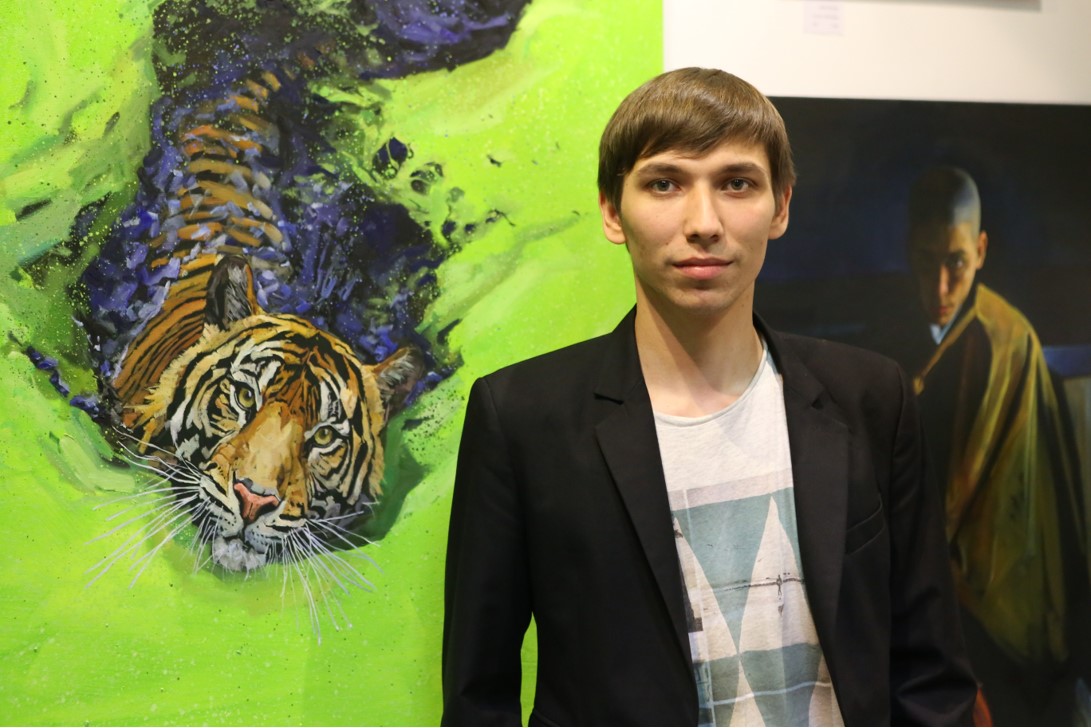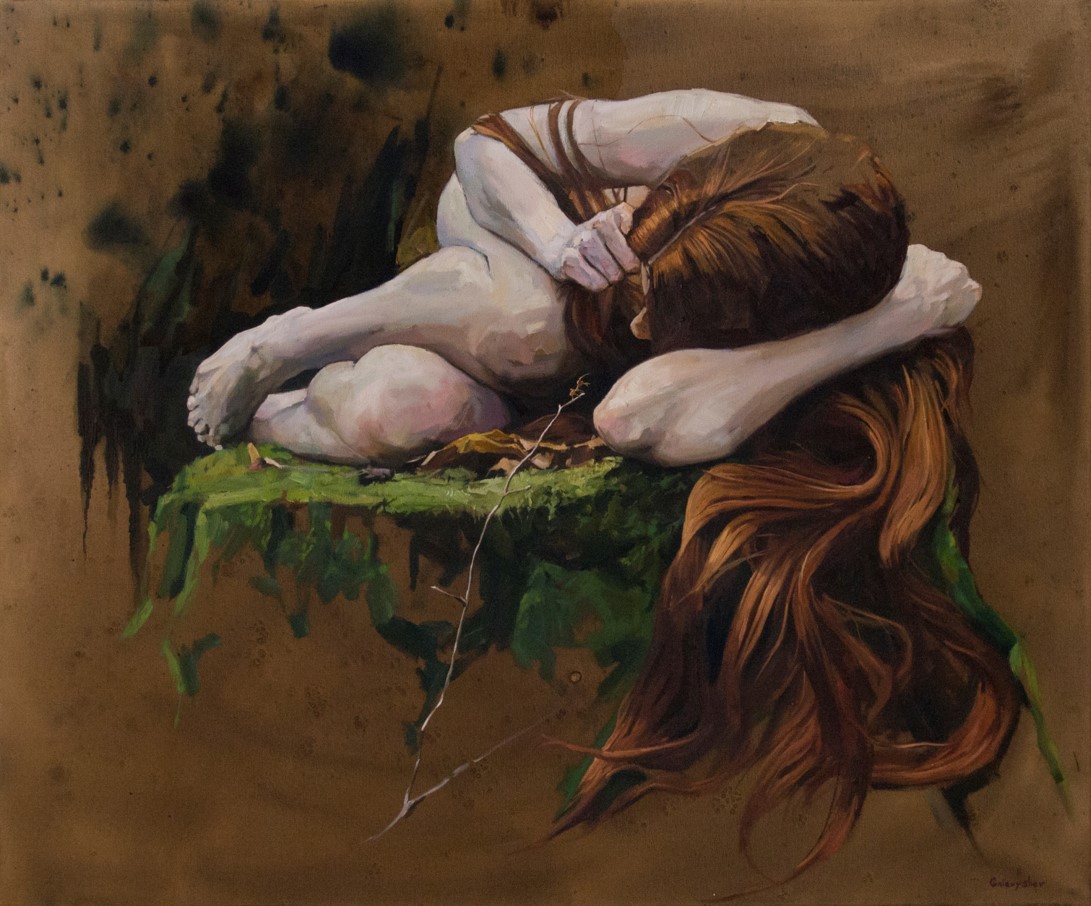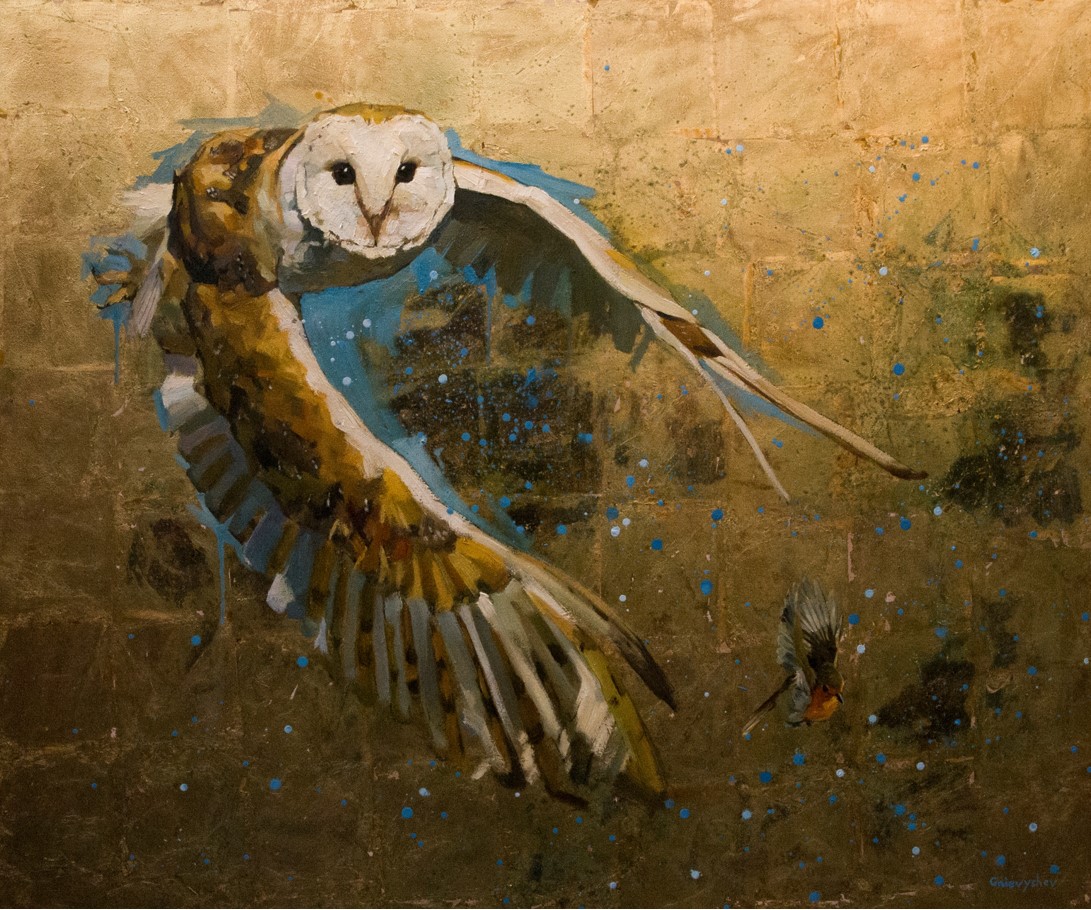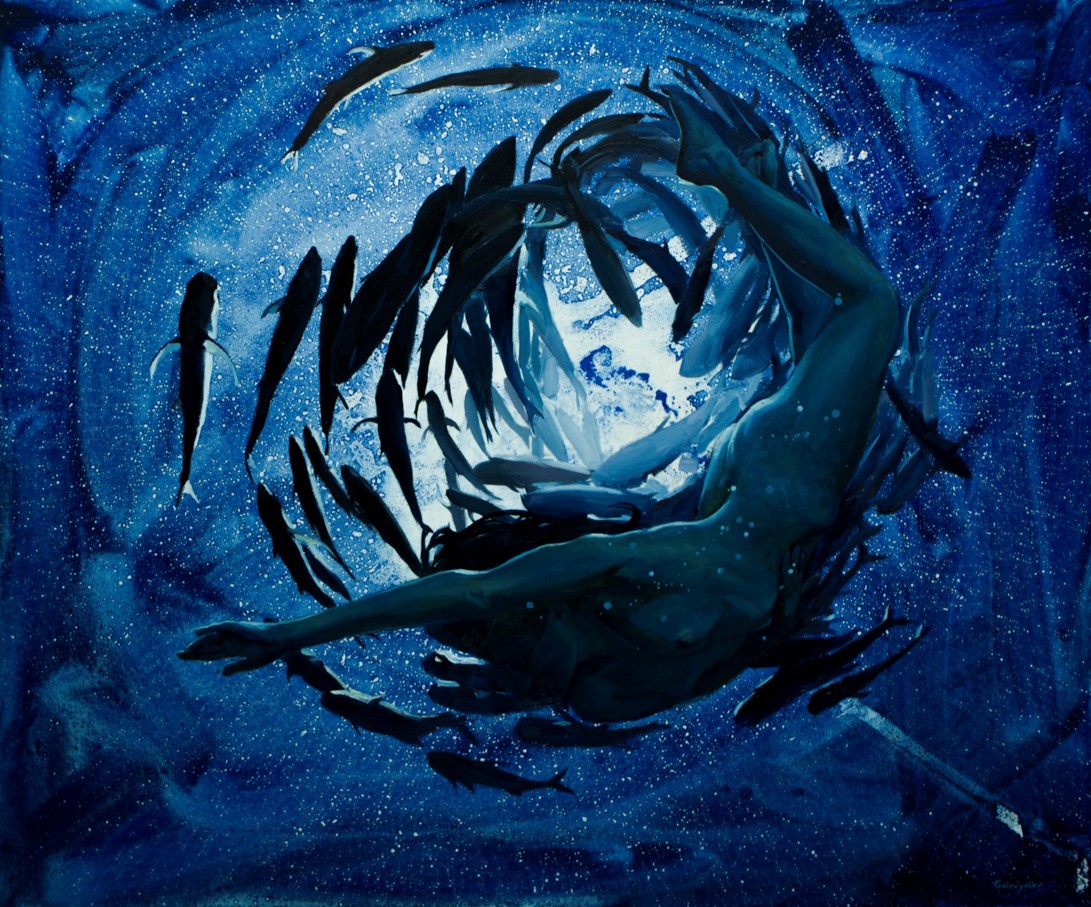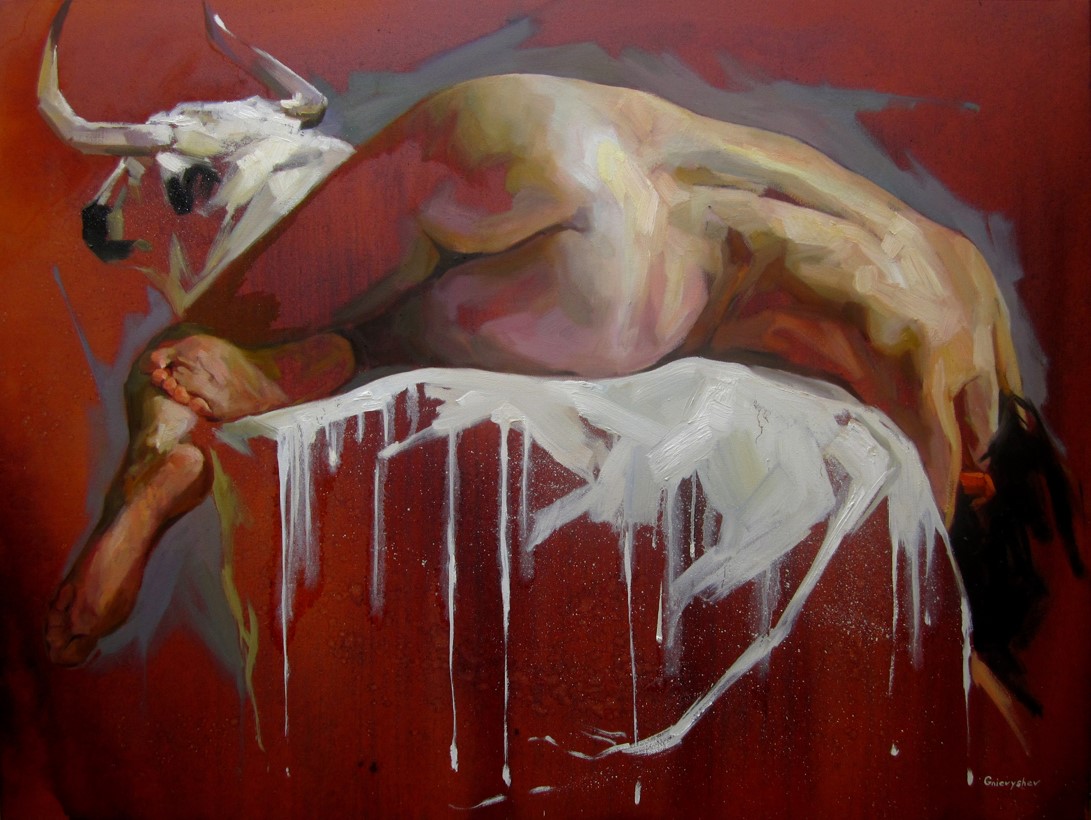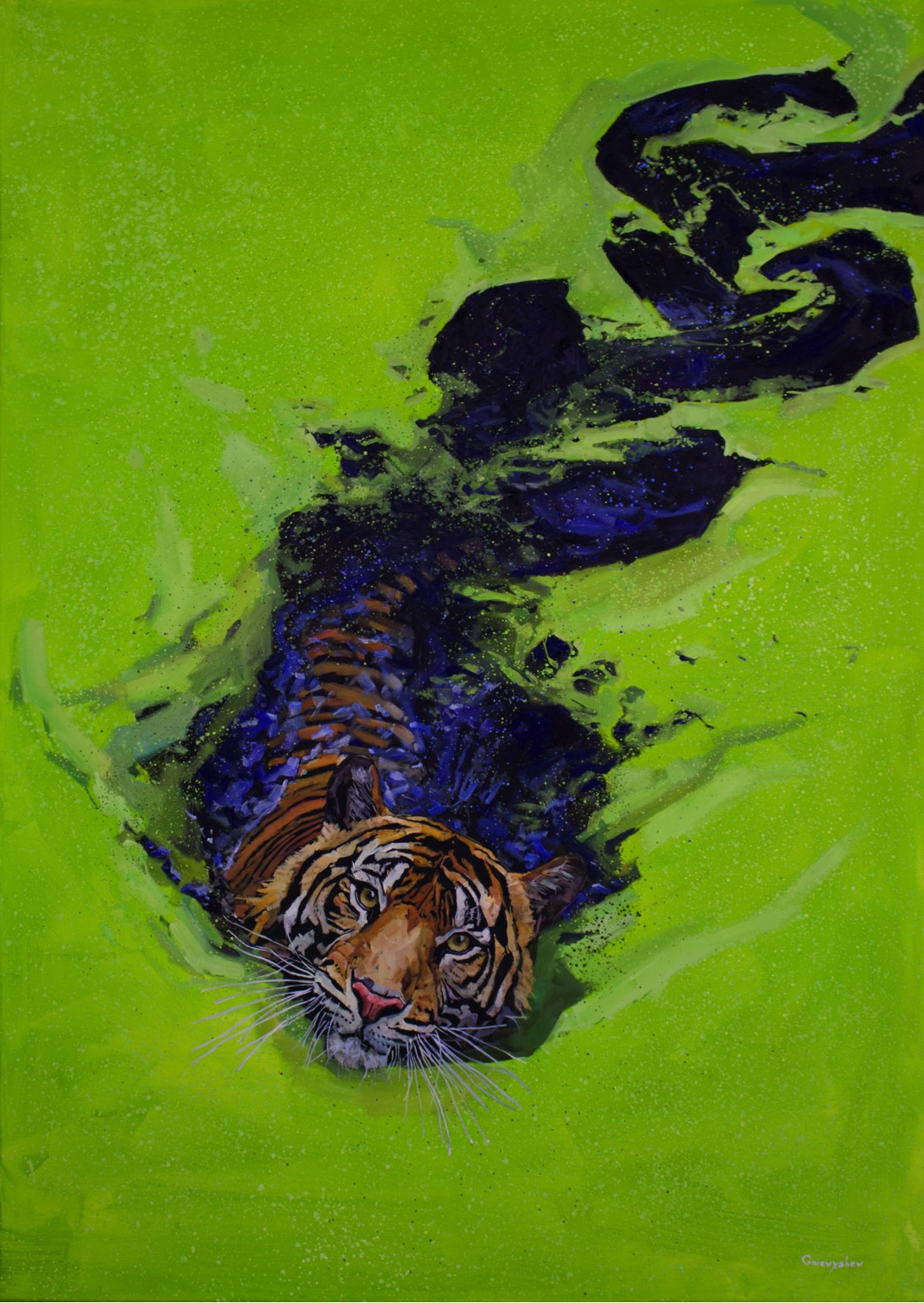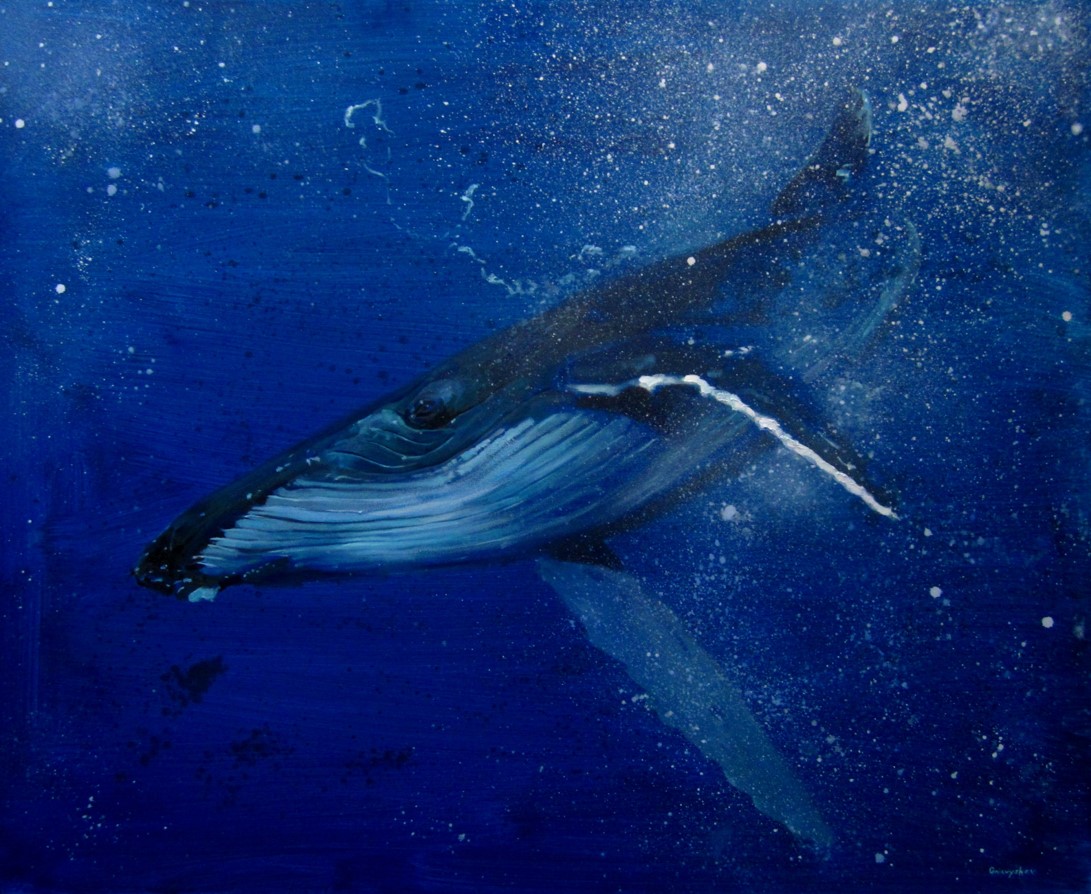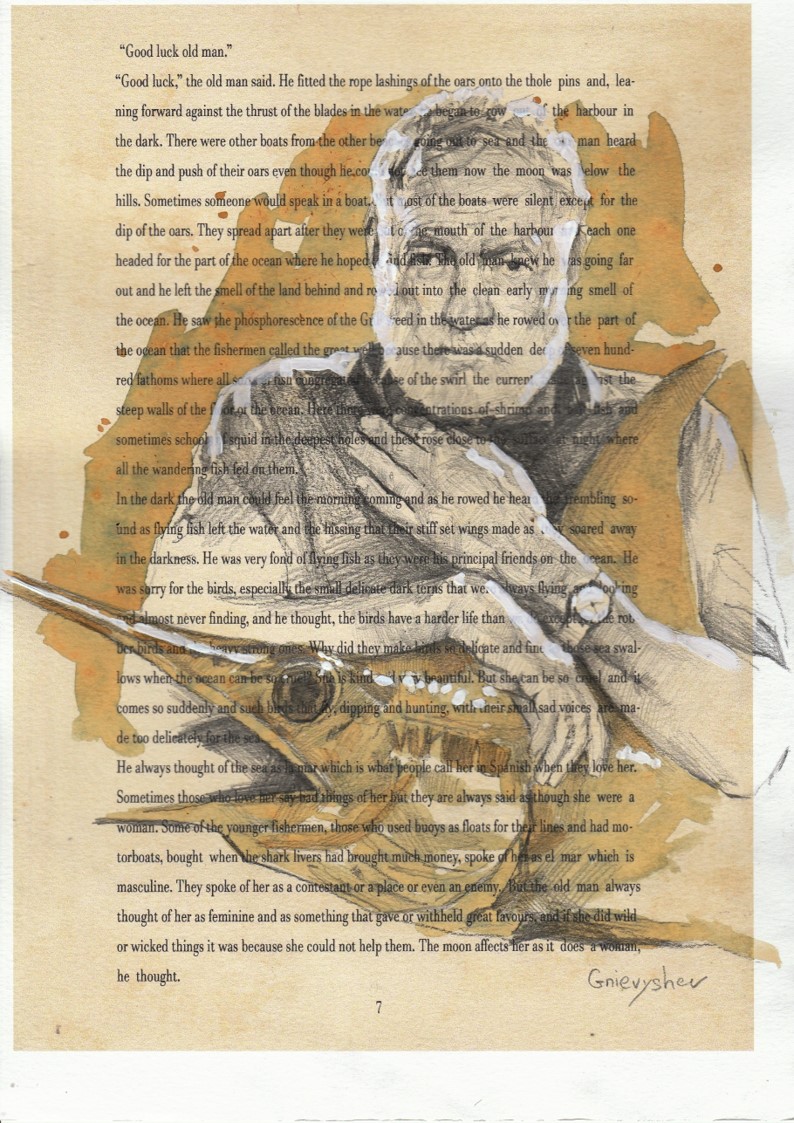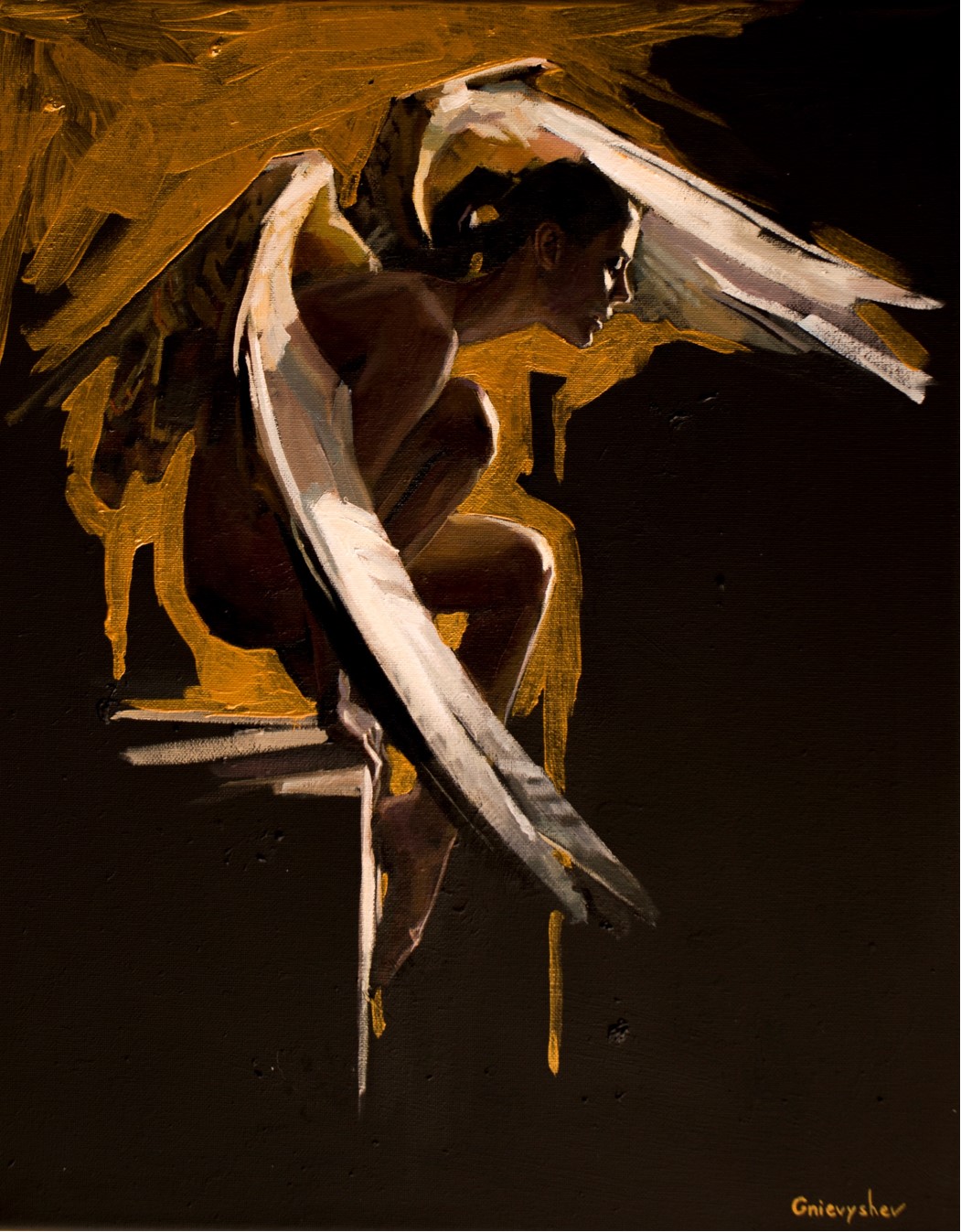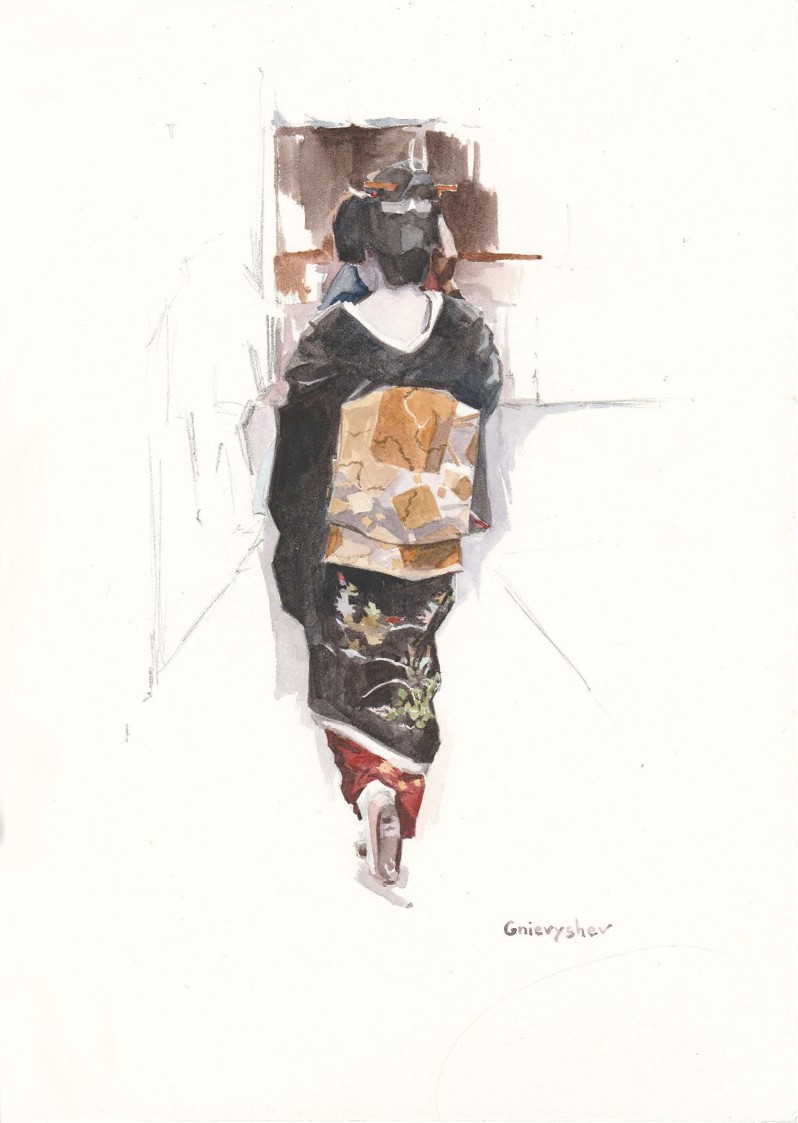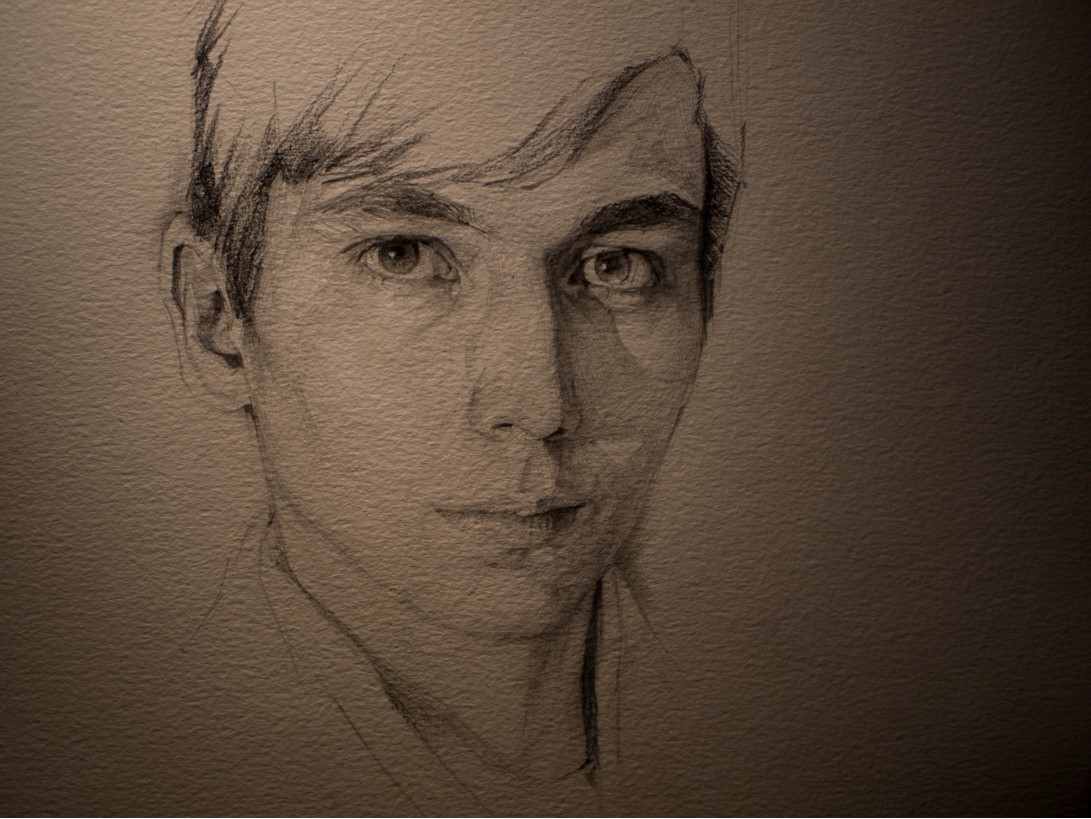Interview with Oleksii Gnievyshev
Oleksii Gnievyshev originally hails from the heart of Ukraine, from the capital Kiev. There he spent his childhood, visiting an art school during his schooling years, which prepared him for later studies in art. In 2009, Oleksii was accepted at the Academy of Art in Kiev, where he studied for five years, receiving his degree in 2014. In his studies, he was mentored by teacher Volodimir Bagalika, who is regarded as a renowned artist and teacher on the Kiev scene in creative art and painting.
Could you please introduce yourself and tell us how you started in the arts? and your first experience in art making?
My name is Oleksii Gnievyshev. I was born in Ukraine in family of architects. Since my childhood I was growing up in creative environment. My elder sister has inspired me with Art by showing gorgeous books about artists. She always was my instance because she start visited art courses earlier than me. When I was a small boy I’ve found in parent’s shelf pencils and paints, that remains since their student ages. I like oil paint much, I like the way they look, but I was not allowed use them. And I was very happy when in my 9 years parents allow me to draw with oil paints! This was something beautiful and charming. First my drawing was made on oiled carton, that was landscape inspired by English Romanticism - sea with steep bank and church upon...
In that period I decided that I will become an artist. I’ve finished successfully Art school and than Kyiv art academy. Simultaneously I was studying with private teacher, master of art Volodymir Bagalika. In 2014 I moved to Germany (where my wife live) and since that time I work as professional artist.
How would you describe yourself and your artwork?
Basically sincerity and craftsmanship are the most important things for me in art. And if the first in contemporary art is overabundance, the craftsmanship is rarity. I aspire and demand mastery on myself with the great attention to my work. Trough the abstract, and the abstract is the base of my art style, I’m trying to show people something beautiful and in the same time quite realistic picture. I am inspired with power, by the energy which is hidden inside a humans, animals and plants. Power that penetrates everything around us. I can feel it everywhere. I am trying with lines, dotes and spots on canvas to display this energy to other peoples. Not imposingly indicate but give the other feel deeply inside that such energy exists.
As motives I frequently use classical Greek mythology or people and animal portraits, as this is the best way to shows inner completeness.
I would like to say some words about my technique of painting.
Lines tension system- unique technique.
System of lines tension is a unique school of abstract realism, that is based not on the knowledge of shape ( with the help of anatomy, perspective and so on), but on the abstract perception and interpretation. When any realistic picture is composed from high abstract system of dots and lines. And by finding this system in real life and putting it on paper or canvas necessary concentration and depth of image, similarity of portrait or persuasive freshness of fruits on paintings is reached.
Abstract perception help us go away from everyday useless thoughts and to develop a colossal speed of consciousness that is faster than our mind. This helps to see shape like composite, an ever-changing pattern of lines, colors and dots. Its a real magic that take out breath and bring the sense of euphoria... euphoria of creation!
Most of the great masters of the past live with that teory, and now it is gaining strength in the 21st century. No wonder they say: the new is a well-forgotten old.
This technique has been developed and created at late 80th and early of 90th by my teacher V. Bagalika. But the root of this technic is very old. It started from the old masters of art- Rembrandt, Velázquez, Dürer... end many
others. At the XX century it were used by gorgeous Russian secession painter M. Vrubel, whose influence helps to renovate this technique.
Where do you get your inspiration from?
I am inspired by the great creators of the past, artists, poets and musicians. But most of all I was inspired: Rembrandt, Vermeer, Vrubel, Velasquez and my teacher Vladimir Bagalika. Ideas for new works I find in literature, cinema, the Internet and most of all in life itself!
What emotions do you hope the viewers experience when looking at your art?
I want to express Aspiration, a sense of search and inspiration. Desire, that pushes man to self development and sealf search. I want that whatever attract me in the Arts, carrie away my viewer as well, push him to create something of his own, unique and sincere.
When do you know that an artwork is finished ?
I'm working on the painting until it become self-sufficient, so that it could talk to the viewer without unnecessary words, explanations and references.
What has been the most exciting moment in your art career so far?
I was very glad organize, together with my curator Thomas Baehr, my solo exhibition in Cologne. I was especially pleased with the large number of people at the opening and success of this exhibition as a whole.
How long does it take to produce one work?
It all depends on the size and complexity of the picture, but generally from 2 weeks to 2 months.
What exciting projects are you working on right now? Can you share some of the future plans for your artworks?
Now I participate in various exhibitions throughout Europe. The closest will be in Milan and Amsterdam. In the future, I hope to visit the USA and China with Japan with a personal exhibition.
Do you have any upcoming events or exhibitions we should know about?
I would like to invite everyone to my exhibition in Amsterdam, that will take place from 26 February to 4 March. Address
Prinsengracht 110 bg
Amsterdam, Netherlands 1015 EA
Where do you see your art going in five years?
I'm dreaming of participating in major auctions, and traveling with exhibitions around the world, I really want to believe that in five years I will cooperate with museums and famous people in the world or art.


